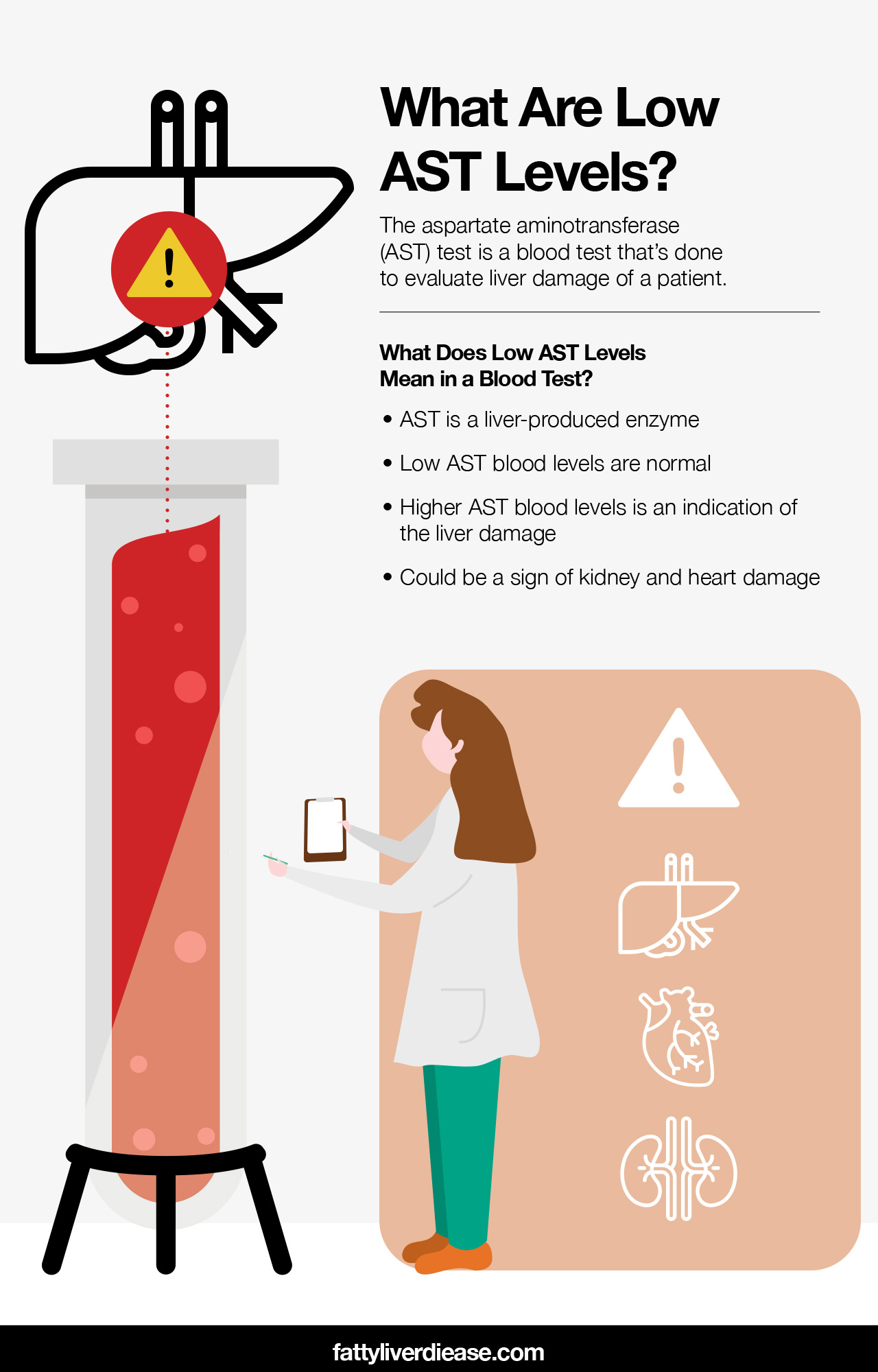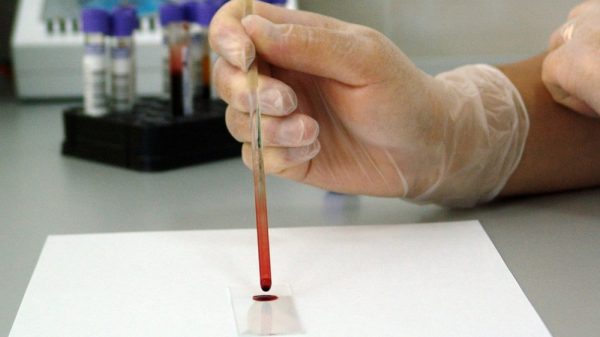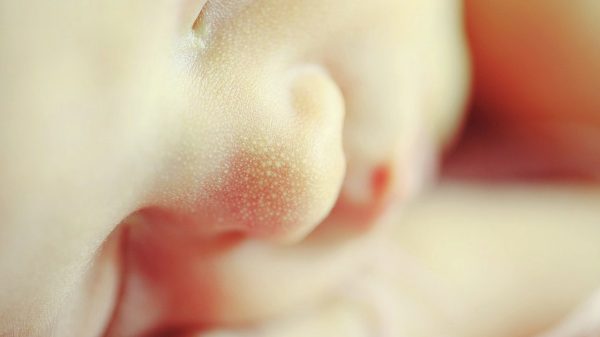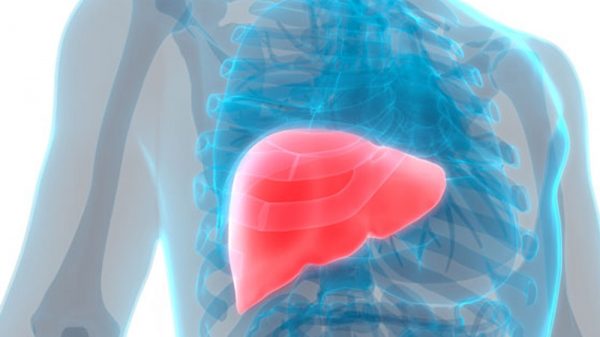Do you want to know whether or not you have liver disease? Statistics show that the rates of this organ disease are increasing throughout the world. There are different stages, so if you have liver damage, it’s crucial to know how much there is. That, in turn, can help you get the treatment you need. There are various ways to test this damage, including the aspartate aminotransferase (AST) test. This test can check for low ast levels. You’ll then know whether you’re at risk of liver disease. If that’s the case then it’s important to get necessary treatments.
One of the main potential problems of liver disease is it exists in different stages. It can involve “fatty liver” that’s among the early stages. However, you can also have liver cirrhosis, which involves the late stages of liver disease. It’s thus important to have tests conducted to determine how much liver damage you’ve experienced. That, in turn, can help to determine what steps can be taken to treat your condition. This is a critical issue. It can help to prevent the disease from advancing to more serious stages. It all states with being properly diagnosed. so, you’ll know your particular condition.
What Exactly Is Liver Disease?
The liver is one of the vital organs that’s involved in different body functions including storing energy, metabolism, waste detox, and others. It’s critical for helping to remove dangerous toxins from the blood.
Liver disease is a particular term that refers to various conditions that affect the body’s largest internal organ. The conditions might start for various reasons. However, they all cause liver damage and can affect how well it functions.
There are various symptoms related to liver disease and depend on the main cause. That said, it’s important to watch out for some basic symptoms that show signs of liver disease. They include:
- Itchy skin
- Easy bruises
- Vomiting
- Nausea
- Lower appetite
- Continuous fatigue
- Dark urine
- Swollen legs, ankles, or abdomen
- Yellow skin/eyeballs
Several health conditions can affect the liver. They include hepatitis, fatty liver disease, immune system diseases, genetic problems, liver cirrhosis, and so on. It’s also important to note that there are different stages of liver disease.
you might wonder about whether or not you’re at risk of this disease. The most famous factor linked to the disease is heavy drinking. Alcoholism is defined by having 15+ drinks/week for men and 8+ drinks/week for women.
However, there are other risk factors. They include sharing needles, jobs that involve blood exposure, unprotected sex, high cholesterol, diabetes, and a family history of liver disease. If you have these risk factors then it’s important to get tested to find out whether or not you have liver disease.
it’s important to note that these factors don’t guarantee that you’ll have liver disease. However, if you’re involved with any of the risk factors then there’s a greater chance that’s the case. It’s always important to get tests run if you think you might have liver disease. This is to be on the safe side and give you peace of mind.
What Are Low AST Levels?
If you think you might have a liver disease then it’s important to schedule a doctor’s appointment. This is a critical step since tests can be run to determine if you have the symptoms that show liver disease. Different factors are checked. They include your medical history and possible family history of liver issues.
Your doctor will also ask about possible symptoms you’ve had to determine whether or not they’re linked to liver disease. This involves issues like the symptoms you’ve experienced and whether certain factors have made them better/worse.
Depending on these results you might have to undergo different tests. They include various types like blood count, liver function, MRI/CT scan, a liver biopsy to check a small sample from the liver, etc.
One of the tests to know about is the aspartate aminotransferase (AST) test. It’s a blood test that is conducted to check the body for liver damage. The results of AST can help determine whether or not you have liver damage.
AST is a liver-produced enzyme. There are other organs like the kidneys, heart, muscles, and brain that also make smaller quantities of AST. This enzyme is also known as SCOT.
In normal situations, AST blood levels are quite low. However, when the liver becomes damaged it causes the blood to have higher AST levels. If you have AST levels then it’s a sign that you have liver damage.
However, it can also be a sign that there’s damage to other organs that make the enzyme. That includes the kidneys and heart. So, it’s critical to have AST tests conducted with other tests that involve various other liver enzymes.
The AST might be requested by your doctor if you have various signs of liver damage. They include ones like weakness, tiredness, jaundice, appetite loss, bruises, and so on. Your physician might also order this test to check if treatments for the liver disease you’re taking are working.
Top Tips to Prevent Liver Disease
1. Reduce fizzy drinks
That includes soft drinks and others. Studies show that this can help reduce your risk of liver disease. Better options include water, fruit/vegetable juice, brewed coffee, and green tea. In fact, tea and coffee can be very effective in helping to prevent and treat liver disease.
2. Avoid being overweight/obese
Studies show that you increase your risk of liver disease by simply being overweight/obese. There are various ways you can improve this situation. They include reducing portion sizes, lowering calories/carbs, and so on. These are some of the various ways you can take the pressure off your liver.
3. Exercise more
It’s also helpful to do regular exercise to reduce your risk of liver disease. Try to get in 30 minutes or more of exercise per day. That should include cardio and weight-resistance exercises. You should also try to do moderate or high-intensity workouts to get the best results including the healthier liver.
4. Drink more water
Make sure you’re drinking 2 to 3 liters of water per day. It helps to flush out your system and help maintain a healthy liver. Two liters is roughly equal to 8 glasses of water per day. However, it’s a good idea to up this amount to 3 liters. That can give you a better chance of avoiding liver disease by keeping it cleaned out.
5. Reduce alcohol intake
Make sure to limit your alcohol intake or even ditch the beverages altogether. It can help improve your liver damage and help reduce your risk of liver damage. If you’re going to drink, then limit it to one glass of wine, for example, to help ensure low ast levels.
























